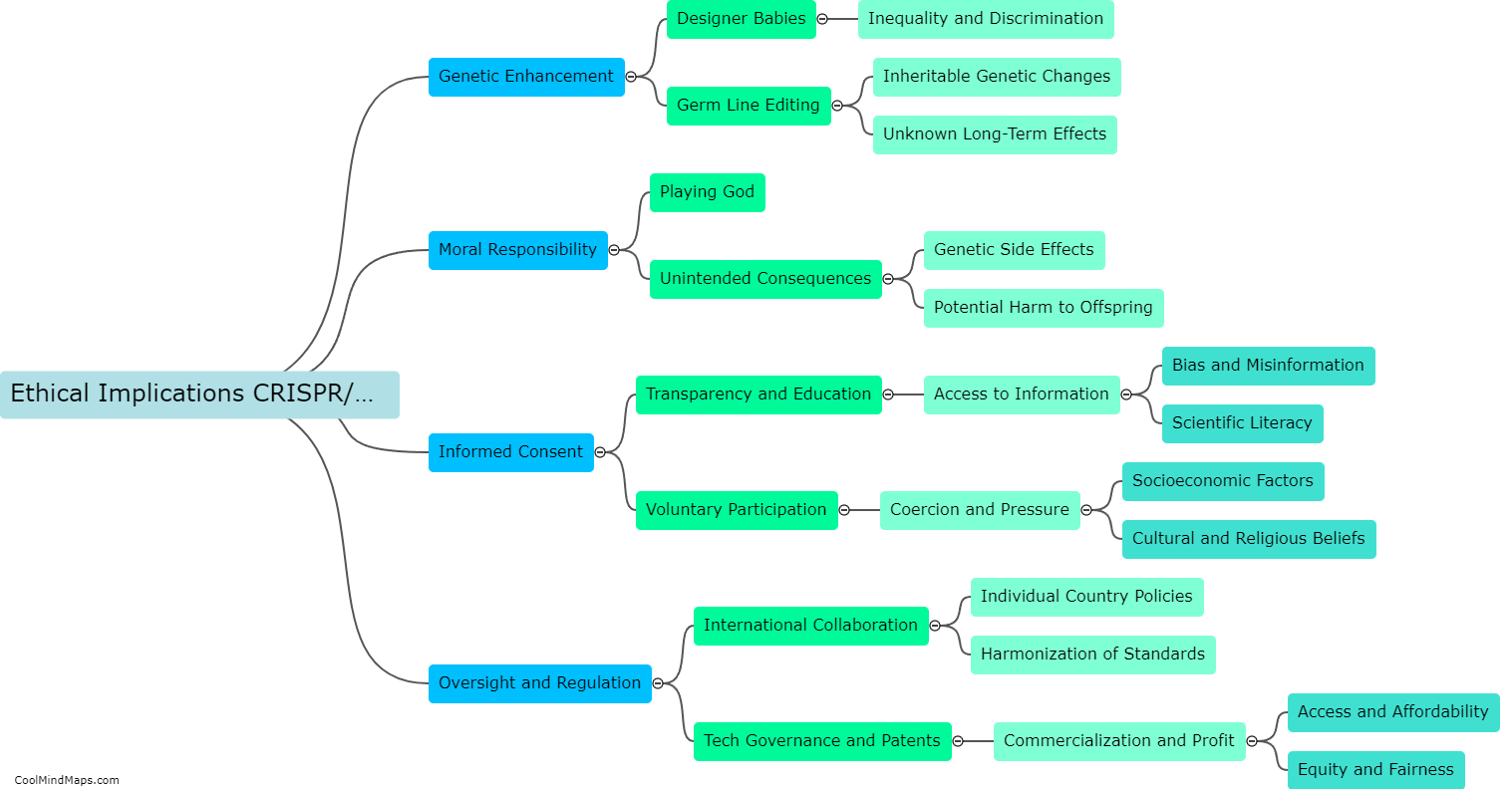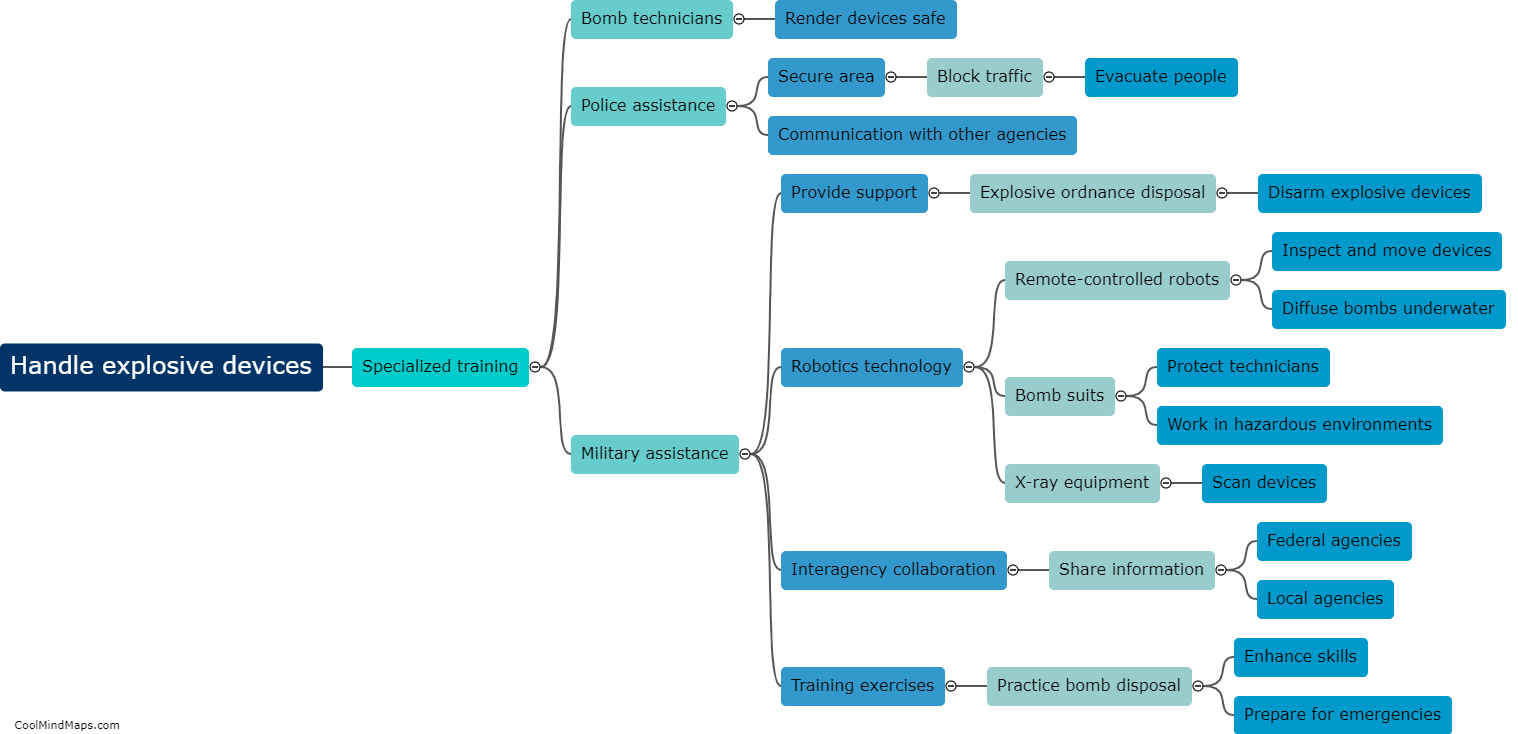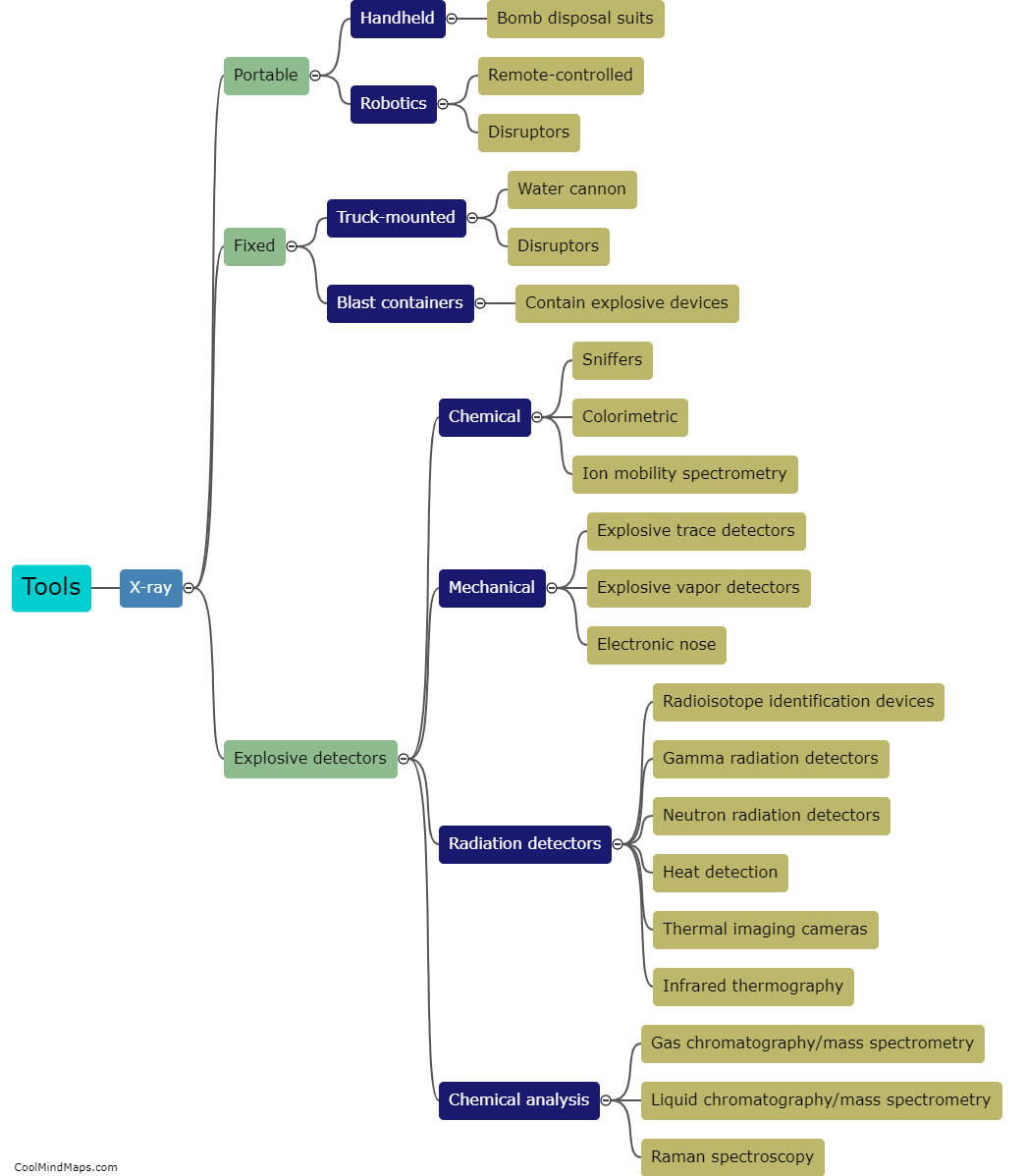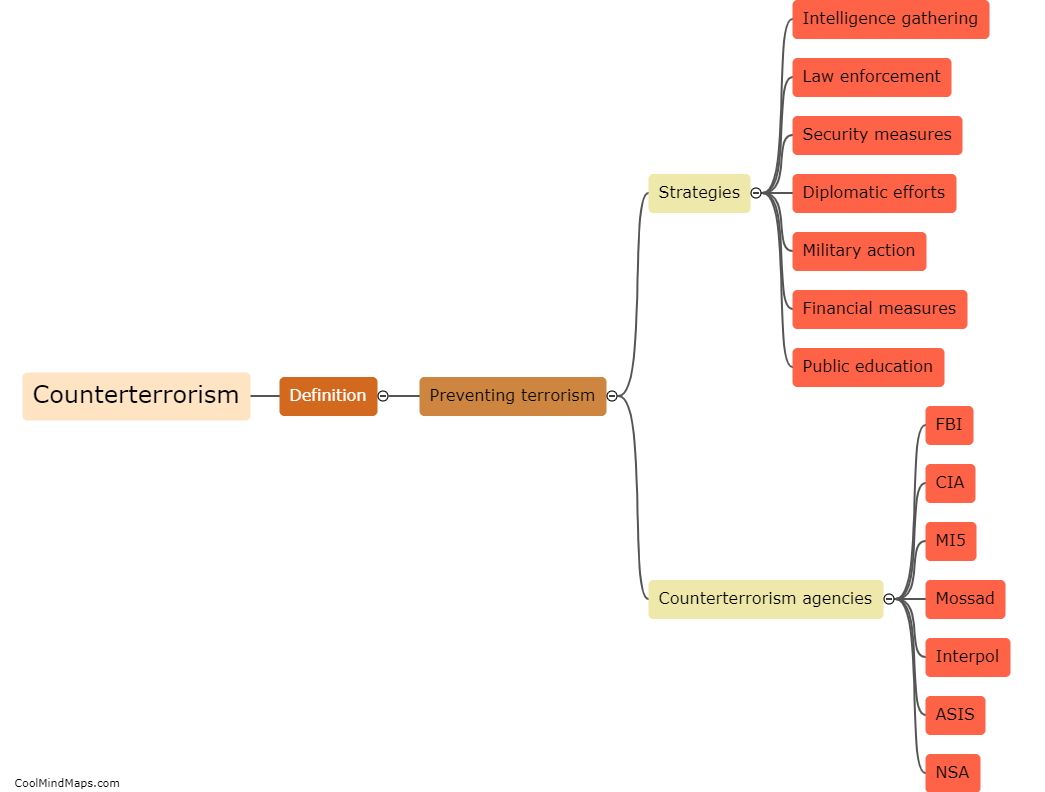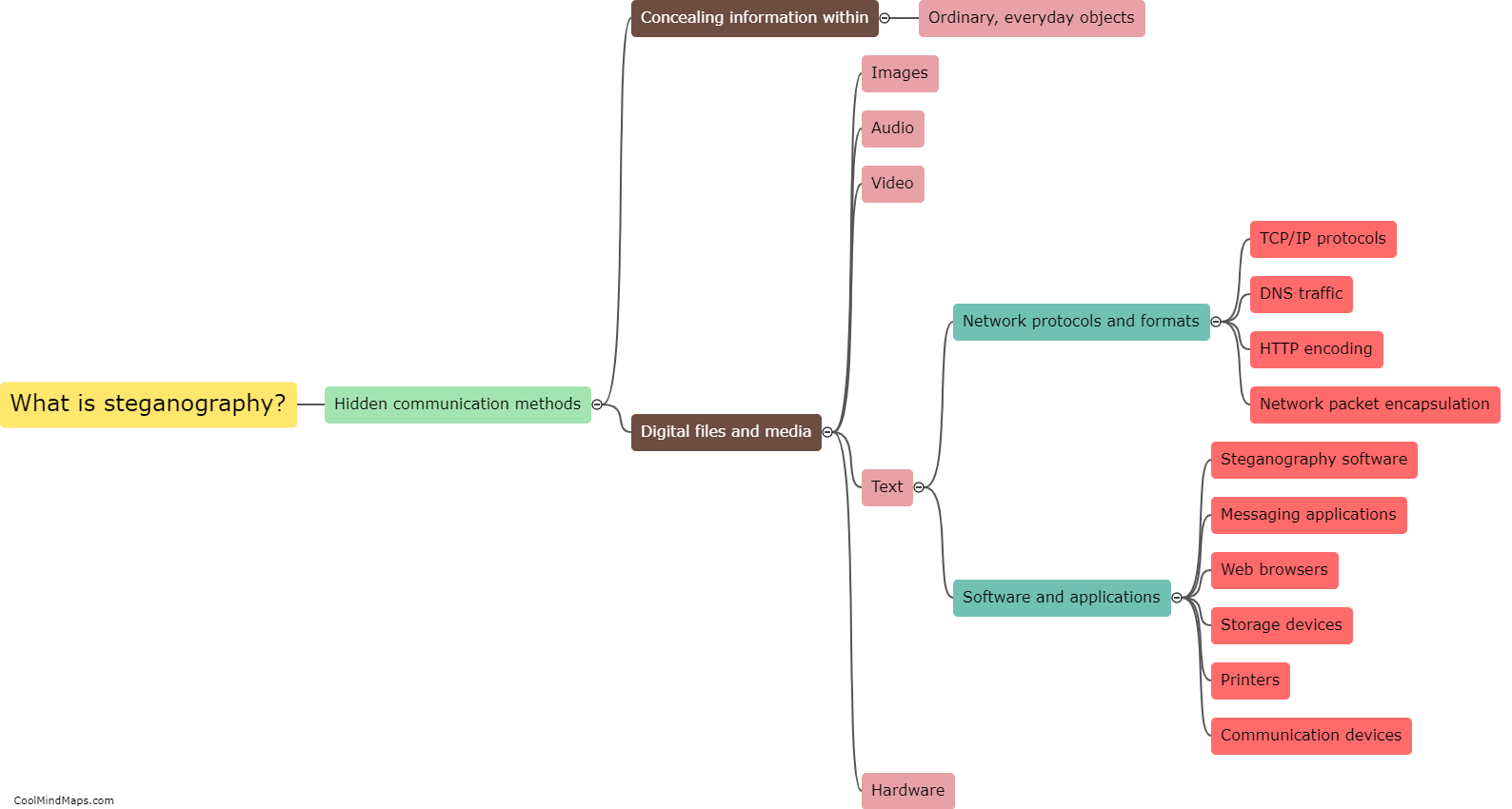What are the main strategies used in counterterrorism?
Counterterrorism strategies typically involve a combination of proactive measures aimed at preventing terrorist attacks and reactive responses to mitigate the impact of attacks that do occur. One prominent strategy is intelligence-led operations, which involve gathering and analyzing information to identify and disrupt potential terrorist threats before they can materialize. Law enforcement agencies often employ surveillance, surveillance, and infiltration techniques to gather intelligence and apprehend individuals involved in terrorist activities. Another important strategy is international cooperation, which involves sharing information, coordinating efforts, and collaborating with other countries to combat transnational terrorist organizations. Additionally, efforts to counter radicalization and extremism play a crucial role in preventing individuals from turning to terrorism, often involving community engagement and outreach programs. Lastly, responses to terrorist attacks typically involve enhancing security measures, improving emergency response capabilities, and supporting victims and their families. Overall, a comprehensive and multi-dimensional approach is crucial in effectively countering terrorism.

This mind map was published on 19 December 2023 and has been viewed 104 times.
